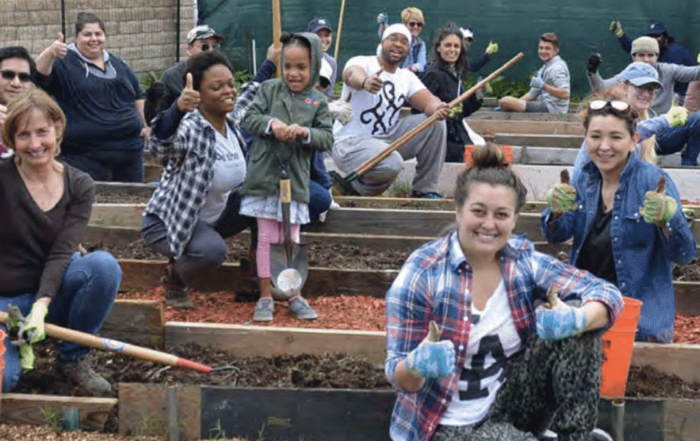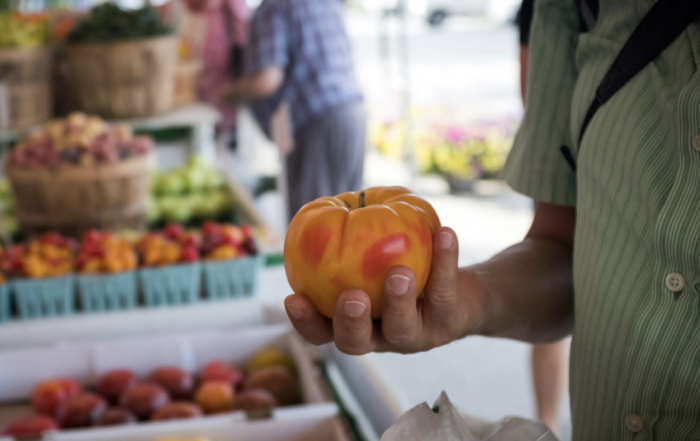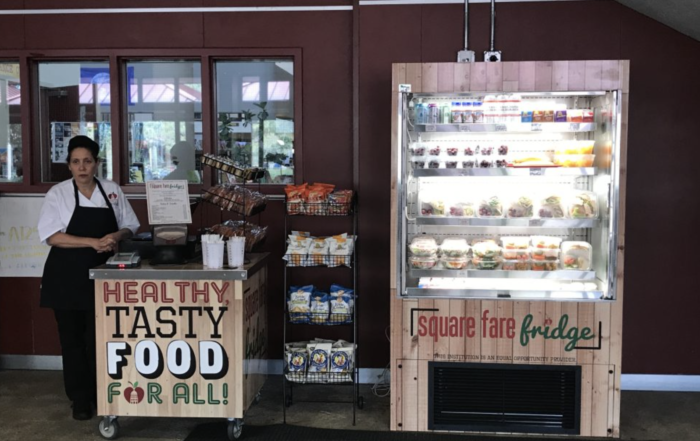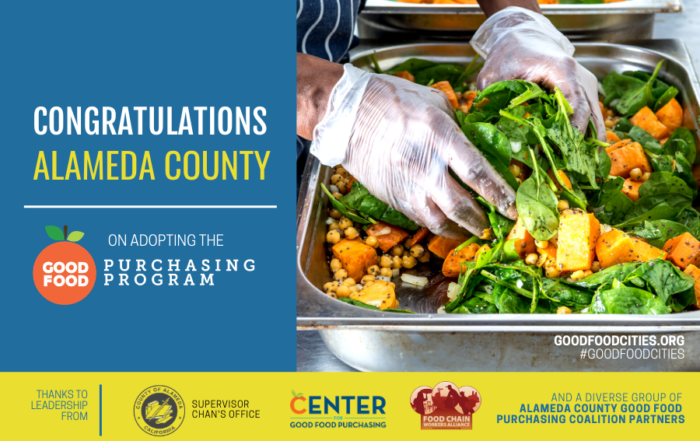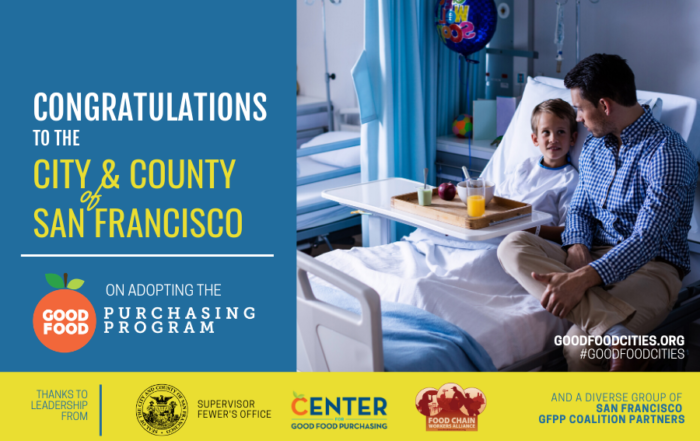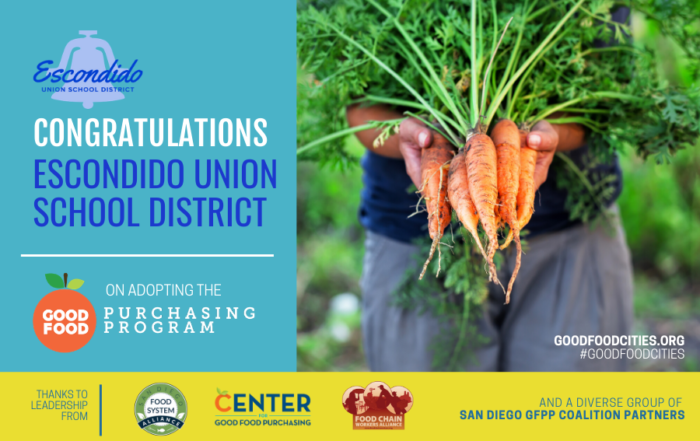“The aggregated demand that came out of Los Angeles is one thing, but when you can take that same demand and replicate a fairly similar demand in Austin, in San Francisco, in Oakland, in Minneapolis – all of the sudden the total power of that process is really a different ballgame.”
STORIES & SUCCESSES
PROGRAM REACH
 = ACTIVE CAMPAIGNS
= ACTIVE CAMPAIGNS
 = POLICY ADOPTIONS
= POLICY ADOPTIONS
POLICY ADOPTIONS
To date, the Good Food Purchasing Program has been adopted into policy in the following jurisdictions:
- Los Angeles Unified School District (2012)
- City of Los Angeles (2012)
- San Francisco Unified School District (2016)
- Oakland Unified School District (2016)
- Chicago Public Schools, Chicago Park District, the City of Chicago (2017)
- Cook County, Illinois (2018)
- Washington DC Public Schools (2019)
- Cincinnati Public Schools (2019)
- City of Boston—includes Boston Public Schools (2019)
- Austin Independent School District (2019)
- Escondido Union School District (2020)
- City and County of San Francisco (2020)
- Alachua County (2020)
- Pittsburgh Public Schools (2021)
- New York City (2022)
- City and County of Denver (2022)
Good Food Purchasing campaigns are active in these and many other cities.
THE IMPACT HUB


